
Why Knowing the Cost of a One-Page Landing Design Matters
In the fast-paced world of tech startups, first impressions are everything. The one-page landing design is often the face of your product or service; it’s the digital storefront that either hooks potential customers or sends them clicking away. However, one of the most frequently asked questions I hear at tech incubators, especially here in the Philippines, is: “How much should I budget to get a professional one-page landing design?”
This keynote-style article demystifies this question by diving deep into the factors influencing pricing, real-world examples, and a comprehensive breakdown with a focus on the Philippine market but applicable globally. We’ll examine everything from freelance costs to agency rates, the role of scope and complexity, and latest trends influencing pricing models.
Understanding the Core Elements of a One-Page Landing Design
Before we talk numbers, it’s essential to understand what constitutes a one-page landing design. Unlike multi-page websites, a landing page consolidates all the essential information and calls to action (CTAs) onto a single, highly optimized page.
- Design and UI/UX: Layout, visual hierarchy, typography, color scheme, and responsive design.
- Content: Headlines, subheadings, body text, CTAs, forms, and multimedia like images or videos.
- Development: Front-end coding, performance optimization, integration with analytics, marketing tools, and hosting considerations.
- Testing and Revisions: A/B testing, mobile testing, and iterations based on user feedback.
Each of these elements affects the final cost, and understanding them is key to making smart budgeting decisions.
The Philippine Tech Startup Ecosystem: A Unique Pricing Environment
The Philippines has rapidly evolved as a burgeoning tech startup hub, thanks to its young, tech-savvy population and competitive labor costs. Filipino designers and developers offer high-quality services at a fraction of Western rates, making the country a prime outsourcing destination. However, just like any market, pricing varies:
- Freelancers tend to charge less but might require more supervision and project management.
- Small local agencies provide a balance of reliability and cost.
- International agencies command premium pricing but offer extensive portfolios and resources.
Understanding local market dynamics is crucial when requesting quotes or negotiating contracts for your one-page landing design project.
Key Factors Influencing the Cost of One-Page Landing Design
Let me walk you through the primary components that determine pricing:
1. Scope and Complexity
Imagine two landing pages: one for a simple email signup, and another rich with interactive elements, animations, and embedded product demos. The latter will require more design time, coding expertise, and testing—which translate directly into higher costs.
2. Designer/Developer Experience and Reputation
A seasoned UI/UX designer with a strong partnership history with startups will charge more than a junior freelancer but often yields faster, better results—saving you money in indirect ways.
3. Location and Market Rates
Designers in Metro Manila might charge differently than those in Cebu due to overhead costs, talent concentration, or client base makeup. Likewise, international teams have different pricing standards.
4. Technology Stack
Are you using basic HTML/CSS or a complex JavaScript framework? Integrating with CMS platforms or marketing automation tools also impacts cost.
5. Revisions and Testing
Unlimited revisions or extensive A/B testing will increase price, but these are often essential for optimizing conversion rates.
Breaking Down Real-World Pricing Models: PHP Reference Table
To provide tangible insights, here’s a detailed pricing table based on actual quotations gathered from the Philippine market, converted to Philippine Pesos (PHP) for local relevance. Note: These numbers may vary depending on project specifics but serve as an excellent starting point.
| Service Provider Type | Typical Price Range (PHP) | Service Features Included |
|---|---|---|
| Freelance Junior Designer | 15,000 – 30,000 | Basic design, minimal animations, limited revisions |
| Freelance Mid-Level Designer/Developer | 30,000 – 60,000 | Custom design, responsive coding, basic SEO, 2–3 revisions |
| Local Digital Agency | 60,000 – 150,000 | Comprehensive design, UX research, advanced coding, integration, testing, limited A/B testing |
| International Agency | 150,000 – 400,000+ | Full-service end-to-end project, strategic consulting, multiple iterations, extensive UX/UI testing |
Case Study: A Philippine Tech Startup’s Landing Page Budget Journey
Let me share a recent story from a fintech startup based in Manila. Initially, the founder wanted an elegant, mobile-responsive landing page primarily for lead capture. They started with a freelance junior designer charging around PHP 20,000, but the project required multiple revisions and additional coding for integration with third-party payment processors.
After struggling with turnaround times and technical limitations, the startup pivoted to engage a local agency, increasing their budget to roughly PHP 100,000. The agency’s expertise brought not only polished aesthetics but also UX insights which increased conversion rates by 30% within three months – an excellent ROI given the investment.
This real-world example highlights why cost alone shouldn’t dictate your choice but rather value delivered and future growth potential.
Additional Cost Considerations for Startups
- Content Creation: Copywriting and multimedia production may require separate budgets.
- Domain and Hosting: While often overlooked, these essential services typically cost between PHP 1,000–5,000 annually.
- Maintenance and Updates: Post-launch support can incur recurring costs, especially as your product evolves.
- Marketing Integration: Connect your landing page to CRM, email marketing, or analytics platforms, which might involve developer hours.
Tips for Startup Founders: Maximizing Value When Budgeting for a Landing Page
After two decades navigating digital marketing and tech startups, here are my actionable tips when budgeting for your landing page:
- Define Clear Objectives: Focus your landing page’s goal—whether it’s lead generation, product demo signups, or direct sales—to avoid scope creep.
- Prioritize Mobile-First Design: Given the Philippines’ mobile internet dominance, your page must shine on smartphones.
- Request Detailed Proposals: Ask for scope, deliverables, timelines, and revision limits upfront for transparency.
- Consider Hybrid Teams: Combine local freelancers for design with developers based abroad for coding if budget-strapped but need tech sophistication.
- Build for Conversion: Incorporate tracking tools and plan for iterative improvements.
Emerging Trends Affecting Landing Page Pricing in 2024
Stay ahead by knowing what’s reshaping costs today:
- AI-Assisted Design Tools: Platforms like Figma’s AI plugins can speed up prototyping, reducing designer hours.
- Progressive Web Apps (PWAs): Some startups are opting for landing pages implemented as PWAs, increasing interactivity but adding complexity and cost.
- Personalization and Dynamic Content: Tailoring landing page experiences based on visitor data enhances engagement but requires more development investment.
Summary Table: Typical Pricing vs. Features and Value
| Pricing Tier (PHP) | Typical Features Included | Value Proposition |
|---|---|---|
| 15,000 – 30,000 | Basic static design, minimal customization, limited support | Best for MVPs and tight budgets |
| 30,000 – 60,000 | Custom responsive design, basic integrations, moderate revisions | Balanced cost and quality for growing startups |
| 60,000 – 150,000 | Advanced UX/UI, analytics integration, performance optimization | Robust, conversion-focused; suitable for scaling ventures |
| 150,000+ | Full consulting, strategic insights, extensive testing and iterations | Enterprise-ready, long-term growth focus |
The Project Lifecycle: Where Your Budget Gets Allocated
Understanding how your budget is broken down across the different stages of a landing page project is critical for making smart spending decisions. Here’s an approximate allocation based on industry standards and my hands-on experience with startups in the Philippines and internationally.
- Discovery & Research (10% – 15%): Identifying target audience, competitive analysis, setting goals. This ensures the design aligns with business objectives and user needs. Skipping or skimping on this stage is a common pitfall.
- Design & Wireframing (25% – 35%): Crafting mockups, user interface layouts, and getting stakeholder feedback. Time-intensive but foundational to success.
- Development & Coding (30% – 40%): Translating designs into functional code with responsiveness, SEO optimization, and integration with backend systems.
- Testing & Quality Assurance (10% – 15%): Cross-browser checks, mobile compatibility, loading speed optimization, and fixing bugs.
- Revisions & Final Tweaks (5% – 10%): Based on testing and initial user feedback, refinement happens here.
One Philippine startup I consulted decided to allocate almost 40% of their budget to design and wireframing after seeing how much iterative testing could improve conversion. Their investment paid off with a 50% increase in signups within two months.
Pricing Comparison: Freelancers, Agencies, and In-House Teams
Choosing who will create your landing page is as crucial as knowing how much you will pay. Here's a comparative look at different options when working within the Philippine market context.
| Team Type | Average Cost Range (PHP) | Pros | Cons |
|---|---|---|---|
| Freelancers | 15,000 – 60,000 | Cost-effective, flexible scheduling, personal communication | Variable quality, less reliable deadlines, limited resources |
| Local Agencies | 60,000 – 150,000 | Professional quality, project management, post-launch support | Higher cost, longer turnaround, possible communication layers |
| In-House Team | Variable; typically salary-based | Full control, deep product knowledge, immediate iterations | High overhead, recruitment time, limited expertise scope |
| Offshore Agencies | Depends, often higher than local freelancers | Access to global talent, advanced tech capabilities | Time zone differences, cultural barriers, higher costs |
From my experience, startups in the Philippines often start with freelancers or micro-agencies before moving to local agencies as they scale. This staged approach aligns with evolving needs and budget adjustments.
The Hidden Costs to Anticipate
While the quoted price often covers design and basic development, savvy founders must also account for several hidden costs that can impact your total expenditure:
- Licensing Fees: Stock images, fonts, icon sets may come with recurring fees.
- Third-Party Integrations: Connecting to payment gateways, CRM, or marketing tools often requires subscription fees.
- Content Creation: Professional copywriting, video production, or photography services add value but increase costs.
- SEO and Analytics Setup: Implementing proper tracking and search engine optimization to maximize landing page traffic.
- Maintenance and Updates: Bug fixes, security updates, or design refreshes post-launch.
Leveraging Technology to Cut Costs without Compromising Quality
With evolving SaaS platforms and no-code tools, the cost dynamics of landing pages are shifting:
- Website Builders: Platforms like Webflow, Wix, or Carrd Philippines offer affordable, drag-and-drop landing page creation, often with pricing starting below PHP 5,000 per month.
- Template Customization: Purchasing a pre-designed landing page template and customizing can save significant design hours.
- AI Tools: Some AI design assistants generate prototypes or optimize UI elements, reducing design time.
However, these options may restrict complex integrations or full brand alignment, so evaluate against your startup’s goals.
Negotiation Tips for Startups When Hiring Designers and Developers
Budget constraint is a reality for many startups in the Philippines. Here’s how to maximize value without compromising quality:
- Clarify Deliverables: Avoid scope creep by delineating what is included in the initial fee and what counts as extra.
- Request Milestone-Based Payments: Pay in stages tied to tangible deliverables. This builds trust and reduces risk.
- Bundle Services: Combine design, development, and content creation services for discounts.
- Seek Referrals: Use local incubators or startup networks to find trusted talents.
- Emphasize Long-Term Relationships: Partners invested in your success are more likely to offer flexible pricing.
SEO Considerations in Landing Page Design and Pricing
SEO is crucial for landing pages since organic traffic is one of the most cost-effective acquisition channels. However, SEO integration may increase design and development costs due to:
- Keyword research and competitive analysis
- Optimized content structuring and metadata setup
- Page speed optimization
- Schema markup and analytics setup
Philippine startups targeting local or regional customers must balance these SEO investments carefully, considering Google’s mobile-first indexing approach and the country’s prevalent use of mobile devices.
Future-Proofing Your Landing Page Investment
The last thing you want is to pay for a landing page that quickly becomes obsolete or requires costly rewrites. Here are best practices from a veteran digital marketer’s perspective:
- Modular Design: Enable easy updates by structuring design components as reusable modules.
- Documentation and Training: Ensure your team can manage minor edits themselves post-handoff.
- Scalable Architecture: Use frameworks that allow adding new features without full redesign.
- User Feedback Loops: Integrate analytics to continuously refine copy and layout.
Final Thoughts on Aligning Cost with Startup Goals
Ultimately, how much to spend on a one-page landing design depends on your startup’s stage, target market, and growth strategy. A startup in Manila gearing toward the local SME sector might choose a freelancer for an affordable, fast MVP, while an international fintech looking to attract investors could justify a higher investment with a full-service agency.
Remember: a well-crafted landing page is not a cost but a strategic asset that can drive customer acquisition, validate market fit, and even secure funding.
We are the best marketing agency in the Philippines.
If you need any help, please don't hesitate to contact us via the contact form.






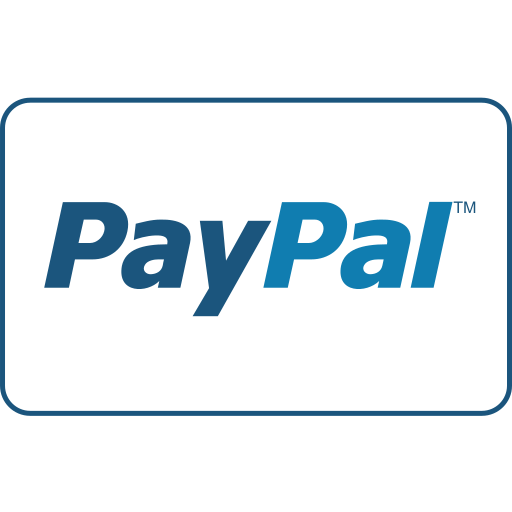
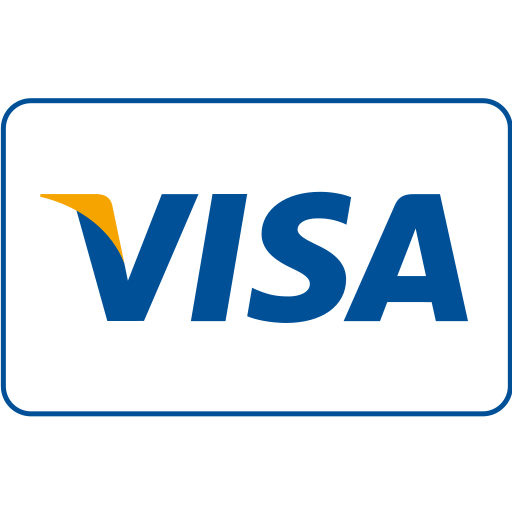
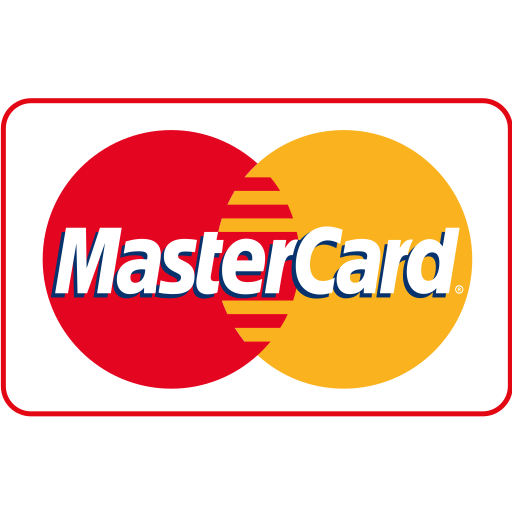
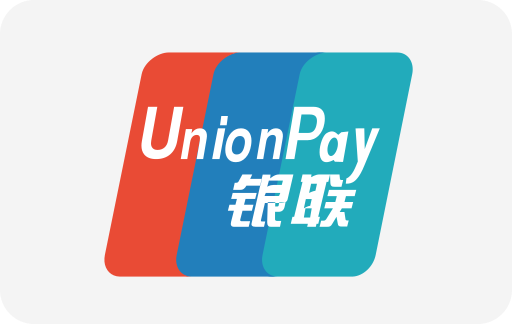
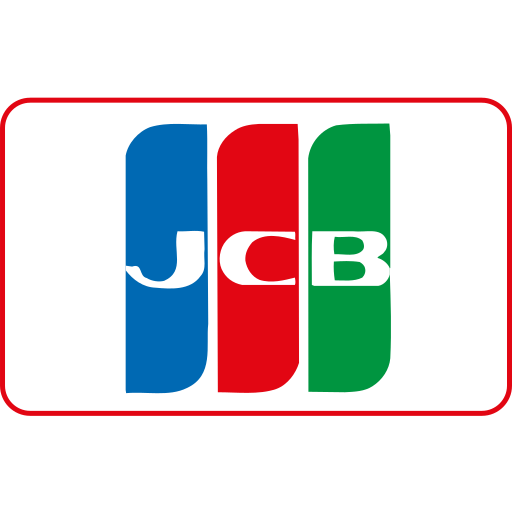
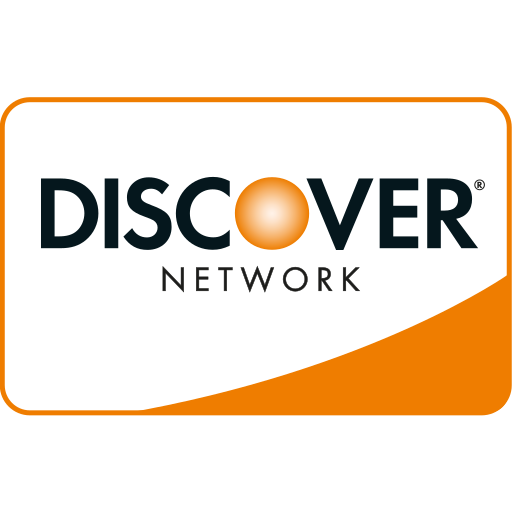

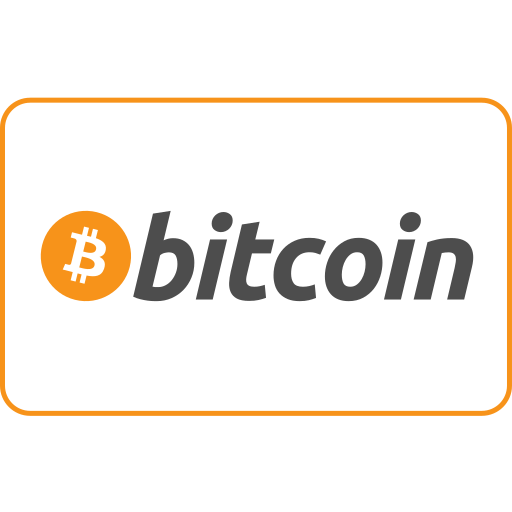
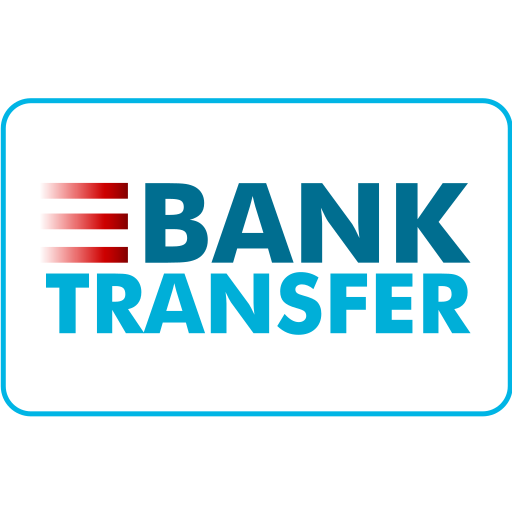
Ang PH Ranking ay nag-aalok ng pinakamataas na kalidad ng mga serbisyo sa website traffic sa Pilipinas. Nagbibigay kami ng iba’t ibang uri ng serbisyo sa trapiko para sa aming mga kliyente, kabilang ang website traffic, desktop traffic, mobile traffic, Google traffic, search traffic, eCommerce traffic, YouTube traffic, at TikTok traffic. Ang aming website ay may 100% kasiyahan ng customer, kaya maaari kang bumili ng malaking dami ng SEO traffic online nang may kumpiyansa. Sa halagang 720 PHP bawat buwan, maaari mong agad pataasin ang trapiko sa website, pagandahin ang SEO performance, at pataasin ang iyong mga benta!
Nahihirapan bang pumili ng traffic package? Makipag-ugnayan sa amin, at tutulungan ka ng aming staff.
Libreng Konsultasyon